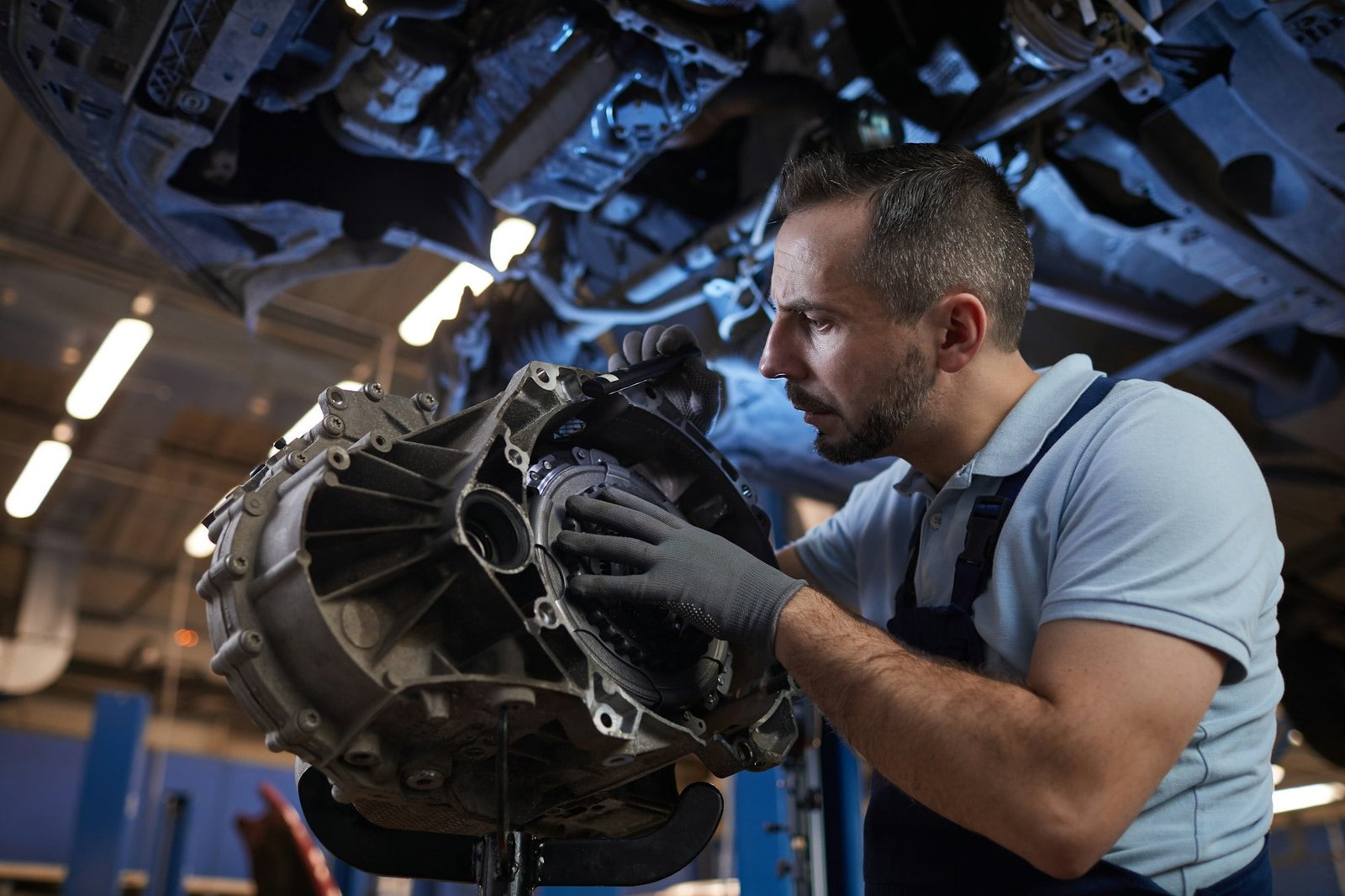Navigating the Future: Autonomous Vehicles and the Evolution of Auto Insurance
Autonomous Vehicles (AV)Table of Contents
In recent years, the automotive industry has been swept up in a whirlwind of technological advancements, none more transformative than the rise of autonomous vehicles (AVs). These self-driving cars promise a safer, more efficient future on the roads, but they also bring about significant shifts in various sectors, including auto insurance. As AV technology continues to evolve, it’s crucial to understand how it impacts the landscape of auto insurance.
The Rise of Autonomous Vehicles:
Autonomous vehicles, equipped with sophisticated sensors and artificial intelligence algorithms, have rapidly progressed from a futuristic concept to a tangible reality. Companies like Tesla, Waymo, and Uber have invested heavily in AV technology, conducting extensive testing and development to bring self-driving cars to the masses. These vehicles offer the potential to revolutionize transportation, reducing accidents, congestion, and carbon emissions.
Impact on Auto Insurance:
The proliferation of autonomous vehicles poses both challenges and opportunities for the auto insurance industry. Traditional insurance models, which primarily rely on human error and driving behavior to assess risk, will need to adapt to accommodate the unique characteristics of AVs. Insurers must grapple with questions surrounding liability, data privacy, and regulatory frameworks in this rapidly changing landscape.
Challenges for Insurers:
One of the foremost challenges facing insurers is determining liability in accidents involving autonomous vehicles. Unlike conventional accidents where human drivers are typically at fault, AV accidents may involve a complex interplay of factors, including technology failures, human oversight, and third-party negligence. Insurers must develop new methodologies for assessing fault and allocating responsibility in these scenarios.
Opportunities for Innovation:
Despite the challenges, the emergence of autonomous vehicles also presents insurers with opportunities for innovation. Advanced telematics and sensor technologies can provide insurers with unprecedented insights into vehicle behavior and risk profiles. By leveraging real-time data analytics, insurers can tailor coverage plans and pricing models to better suit the needs of AV owners and operators.
Regulatory Considerations:
The regulatory landscape surrounding autonomous vehicles and insurance is still evolving. Policymakers face the daunting task of establishing clear guidelines and standards to govern the deployment and operation of AVs on public roads. Insurance regulations must keep pace with technological advancements to ensure adequate consumer protection and risk mitigation.
Conclusion:
As autonomous vehicles continue to reshape the automotive industry, the future of auto insurance hangs in the balance. Insurers must embrace innovation, navigate regulatory complexities, and anticipate the evolving needs of consumers to thrive in this rapidly changing landscape. By leveraging technology and collaboration, the insurance industry can help pave the way for a safer, more resilient transportation ecosystem.
FAQs:
Who is liable in an accident involving an autonomous vehicle?
Liability in AV accidents can be complex and may involve multiple parties, including the vehicle manufacturer, software developers, and human operators. Determining fault often requires a thorough investigation of the circumstances surrounding the accident.
How will auto insurance premiums be affected by the rise of autonomous vehicles?
Auto insurance premiums may undergo significant changes as AV technology becomes more prevalent. Insurers may adopt usage-based pricing models that take into account factors such as vehicle autonomy levels, driving behavior, and accident frequency.
What measures are insurers taking to adapt to the challenges posed by autonomous vehicles?
Insurers are exploring various strategies to address the challenges of insuring autonomous vehicles, including investing in data analytics, partnering with technology companies, and collaborating with regulators to shape policy frameworks.
Are autonomous vehicles more or less expensive to insure compared to traditional vehicles?
The cost of insuring autonomous vehicles can vary depending on factors such as the level of autonomy, safety features, and accident risk. While AVs have the potential to reduce accidents and claims costs over time, initial premiums may be higher due to the complexity of the technology and uncertainty surrounding liability.
What role will government regulations play in shaping the future of auto insurance for autonomous vehicles?
Government regulations will play a crucial role in shaping the future of auto insurance for autonomous vehicles. Regulators must strike a balance between fostering innovation and ensuring consumer protection by establishing clear guidelines for insurance coverage, liability determination, and data privacy
